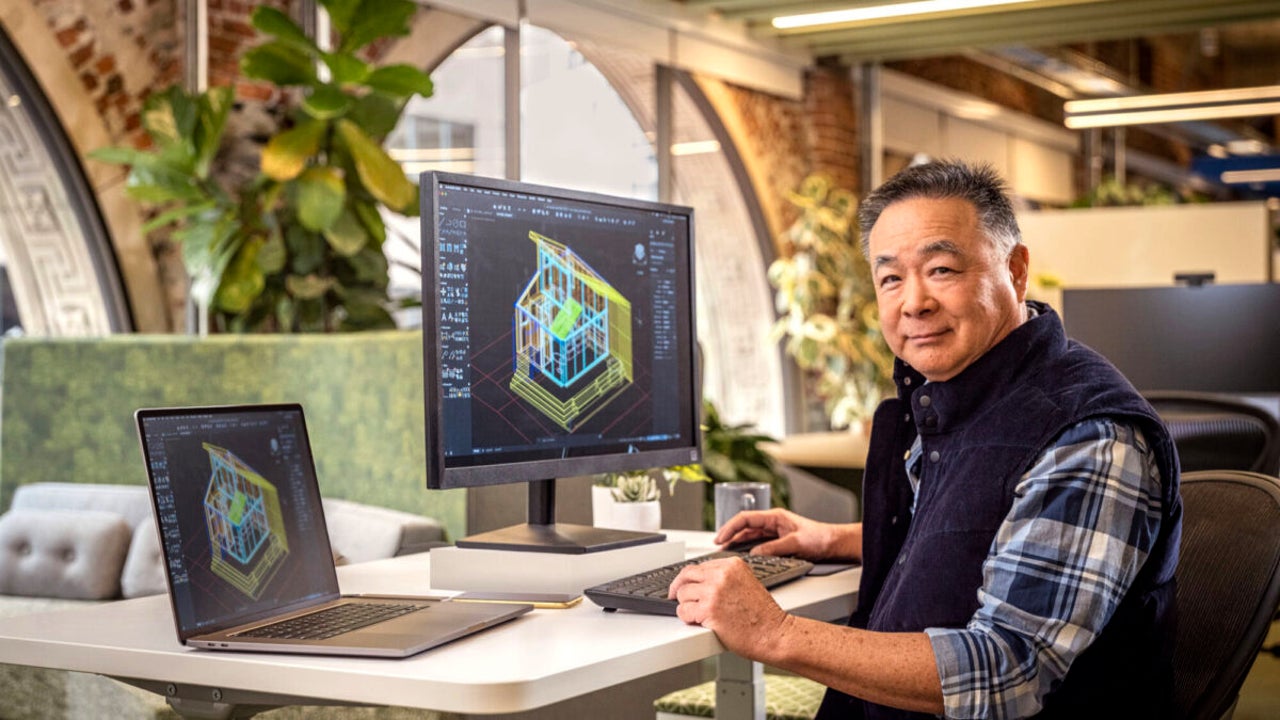Exploring the Intersection of AutoCAD and Augmented Reality: Transforming Designs in Record Time
In a world where technology continues to shape industries and everyday life, the integration of augmented reality (AR) into computer-aided design (CAD) has revolutionized the way projects are visualized and executed. AutoCAD, a leading tool in the field of CAD, has adapted to meet the demands of this new era by allowing users to transform ideas into 3D models for augmented reality in record time – just one hour.
Augmented Reality overlays digital information onto the real world, creating an interactive visual experience that merges digital elements with physical space in real time. This technology has found applications in various sectors, including entertainment, education, medicine, and notably, design and engineering. In these technical fields, AR offers a valuable tool for visualizing projects in their intended environments, enabling real-time adjustments and improvements in a more intuitive manner.
AutoCAD, developed by Autodesk, has been a cornerstone in CAD since its inception in 1982. Known for its technical design capabilities, 2D drawing, and 3D modeling, AutoCAD has evolved to incorporate the latest technologies, including augmented reality. With AutoCAD, users can export models directly to AR applications, streamlining design reviews and enhancing collaboration.
The process of taking a design from AutoCAD to augmented reality involves several steps. It begins with creating a 2D drawing, followed by transitioning to 3D modeling using simple tools within AutoCAD. Once the 3D model is complete, it can be exported in industry-standard formats such as FBX, OBJ, or STL for integration with AR applications.
Visualizing the 3D model in augmented reality is the final step, allowing users to experience the project in a real-world context and make any necessary adjustments before finalizing the design. AutoCAD’s compatibility with a wide range of AR platforms and its ease of use make the transition from CAD to AR seamless and efficient.
The integration of augmented reality into computer-aided design has brought efficiency, precision, and enhanced communication to various design and engineering fields. With AutoCAD, the process of visualizing projects in augmented reality has become more accessible and streamlined, empowering users to bring their ideas to life in a tangible and interactive way.
